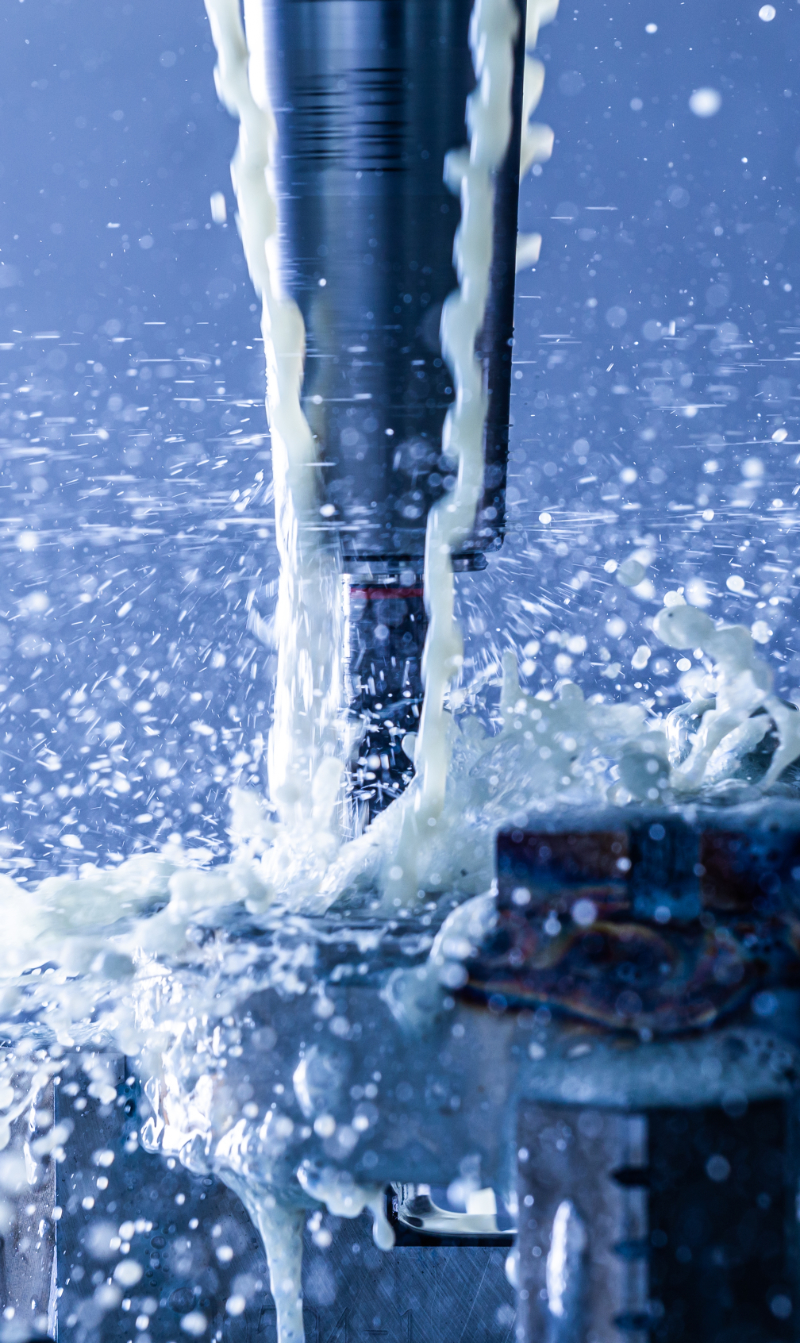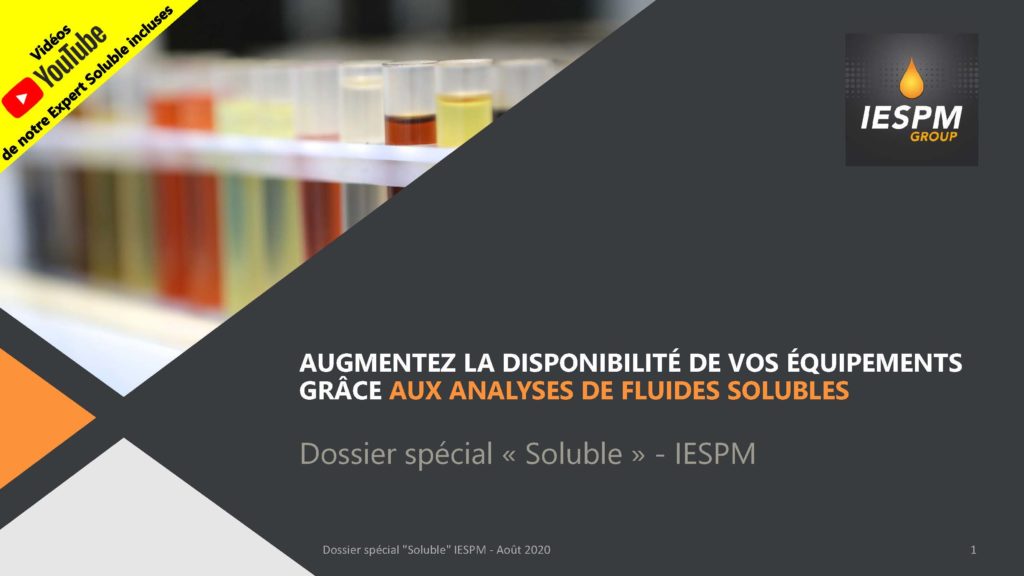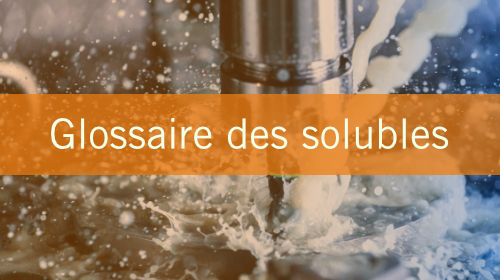Analysis of soluble cutting oil
What is cutting oil?
Cutting oil, also known as soluble oil/machining oil/cutting fluid/machining fluid, is used in all areas of metalworking (automotive, aeronautics, metal parts manufacturing, general mechanics, etc.) and is an essential element in the manufacture of metal parts.
It is used in machining operations (turning, milling, boring, drilling, tapping, broaching, bar turning, etc.), grinding and forming. Its purpose is not only to lubricate the cutting tool, but also to cool it, thereby extending its service life. It also cleans the work surface and parts by evacuating swarf.
When new, the cutting fluid comes in the form of a water-soluble concentrate, which can be mineral-, vegetable-, synthetic- or semi-synthetic-based. It is a liquid that changes over time as a result of product losses (splashing, evaporation), pollution, top-up percentages, etc. It is therefore essential to check its condition regularly.
Expert advice
Skin contact with this type of fluid can cause irritation and itching, Avoid unprotected contact with cutting oil..
What are we analyzing?
Analysis of soluble cutting oils makes it possible to control the fluid’s physico-chemical characteristics, guarantee the preservation of its technical characteristics and monitor its ageingin order to control :
- Machining quality (part conformity rate)
- Associated costs (tool consumption, scrap rates, etc.)
- Fluid operating costs (optimization of the number of oil changes and treatments, reduction in fluid disposal costs, etc.)
- Maintenance costs
Beyond the economic aspect, monitoring soluble cutting oils also helps to control the quality of the working environment and prevent health risks for operators.
These fluids are enriched with pollutants as they age, to a greater or lesser extent depending on their use. Under certain conditions, the use of soluble oils can generate components that can cause skin allergies, skin irritation or respiratory ailments. The main components concerned are PAHs (Polycyclic Aromatic Hydrocarbons), nitrosamines, formaldehydes, nitrites, boron …
Eurofins IESPM laboratories can help you to detect, measure and monitor them using specific tests: water quality, nitrite content, PAH content, etc.
“We work with you to define a sampling frequency (weekly, monthly, bimonthly) adapted to your environment and uses. Regular analytical monitoring is a key factor in stabilizing cutting fluid parameters, controlling operating costs and guaranteeing the safety of your staff.” Michaël Follet, Solubles Expert at IESPM.
Expert Advice
The plus: water analysis
Water makes up the majority of a soluble cutting oil. Knowing the nature of the water used to make the mixture can help with diagnosis.
Eurofins IESPM recommends a dedicated analysis: pH, ICP, hardness, chlorides, presence of micro-organisms, etc.
Analyses and Checked Points
BATH STABILITY
- Aspect
- pH emulsion stability indicator
- Reload 24h Stability and foreign oil indicator
- Detection of micro-organisms
- …
CONCENTRATIONS
- Concentration by refractometry
- Concentration by acidimetry Concentration measurement by alkaline reserve
- Concentration by acid breaking Concentration calculation by measuring the quantity of oil in the emulsion
These 3 complementary methods each measure an emulsion characteristic. Interpreting the results of the 3 methods thus ensures a precise diagnosis, as they do not all evolve in the same way.
ADDITIONAL ANALYSES
- ICP spectrometry
- Bath hardness
- Chlorides corrosion control
- Solid impurity contentsquantifies the filtration quality of the cutting fluid
- …
OTHER TESTS
The tests below are not part of the classic follow-up sequences, but can be carried out if required or if problems are encountered.
- Foam test CNOMO
- Measurement of formaldehydes, nitrites, PAHs, etc.(health risk prevention)
- Reichert test
- 4-ball test
- Ability to separate of foreign oils
- Surface tension
- …
Our Quality Assurance

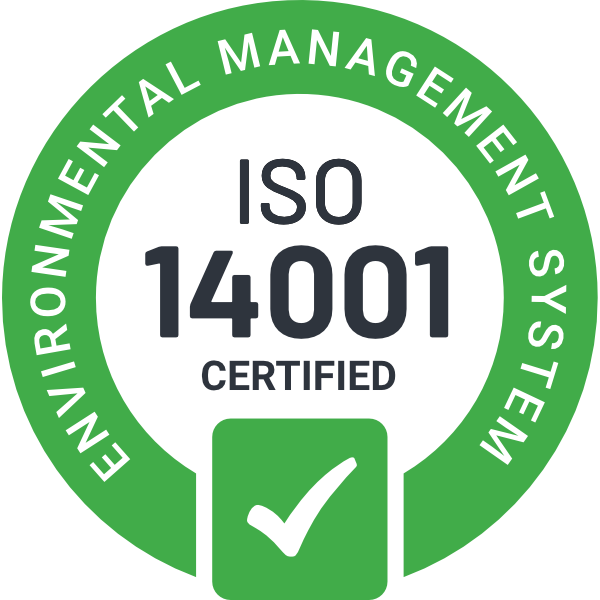
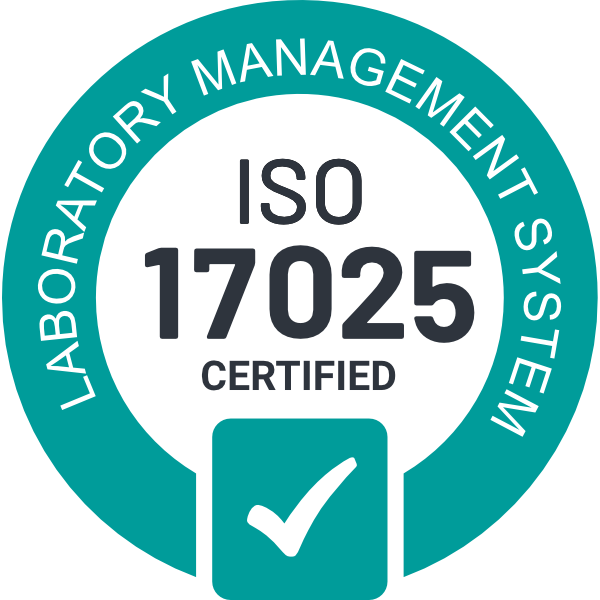
Equipment, Sampling Techniques, and Results Interpretation
As part of regular maintenance programs, Eurofins IESPM provides oil analysis for your equipment:
- A plastic bottle (size according to equipment monitored and needs)
- Mailing labels
- A mailing envelope
There are several sampling methods to choose from, depending on the fluids you are sampling (oil, grease, fuel, dielectric fluid, etc.). Eurofins IESPM accompanies you through video tutorials and/or operating procedures. Visit our YouTube channel.
We also recommend that you be accompanied by our team of experts to determine the best way to proceed and to study on a case-by-case basis the methods adapted to your needs.
Once the sampling is done, you need to fill in the technical information regarding your sample. You can check out our dedicated article for tips on how to register a sample: Go to the page.
Before sending, remember to:
- Thoroughly clean the bottle to remove any liquid residue.
- Stick one of the two labels provided in the kit onto the bottle.
On the basis of the analysis results transmitted by our laboratory, our team of diagnosticians provides you with a detailed and reliable diagnosis of the condition of your engine oil and the wear level of your equipment.
We offer customized recommendations to support you in the condition-based maintenance of your mechanical equipment.
Example of cutting oil diagnosis
SPECIAL REPORT
Soluble fluids
Discover all the benefits of regular analytical monitoring of soluble fluids in your equipment in our special report.
KNOWLEDGE CENTER
Glossary of solubles
Soluble or soluble oil
Product in new, concentrated form, which once diluted…

